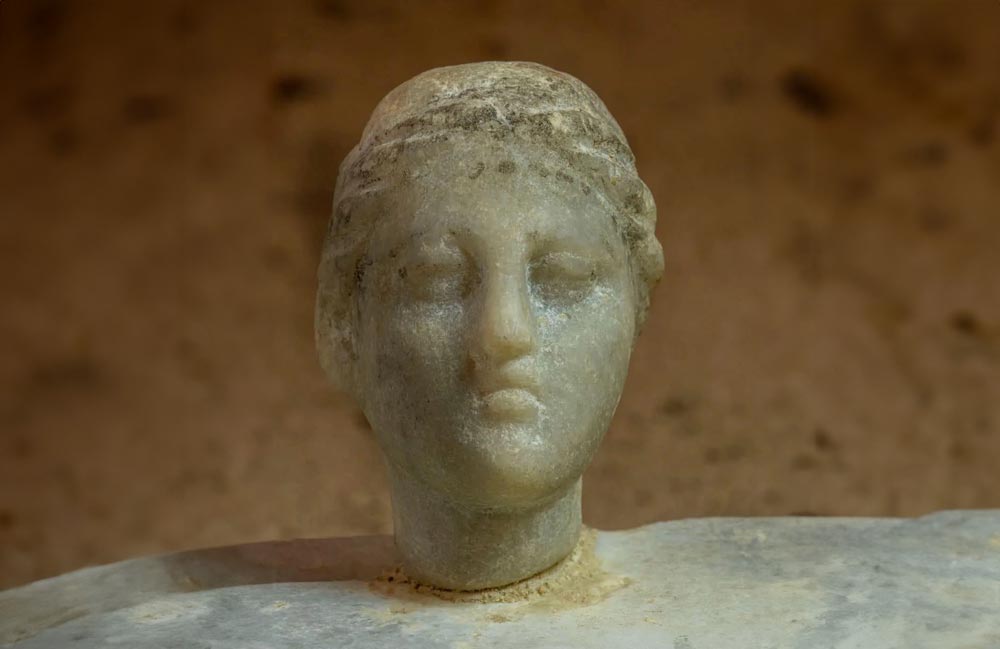Renowned Japanese artist Takashi Murakami has unveiled a bold reinterpretation of Edo-period masterpieces at the Gagosian gallery, blending traditional techniques with cutting-edge artificial intelligence. His first UK solo exhibition in over 15 years showcases a reimagining of Iwasa Matabei’s 17th-century folding screen painting, Rakuchu Rakugai Zu Byobu, alongside works by other classic Edo-period artists.
Murakami’s version of Iwasa’s iconic gold-leafed depiction of Edo-period Kyoto stays true to its intricate details while introducing playful additions, such as his signature rainbow-hued flower characters and anime-inspired animals scattered across the medieval landscape. To restore the damaged original’s missing sections, Murakami turned to AI, using the technology to recreate and enhance 20% of the artwork. “It was like a conversation,” the artist explained. “We went back and forth until AI suggested a good answer.”

Reinterpreting Tradition for the Digital Age
The exhibition also includes modernized renditions of other Edo-period classics, such as Tawaraya Sotatsu’s Wind God and Thunder God, now featuring deities styled as whimsical anime characters. Murakami’s integration of AI sparked fresh debate about technology’s role in art. While some artists criticize AI for exploiting their work, Murakami embraces it as part of artistic evolution. “People used to say digital drawings weren’t real design. Who thinks that now?” he remarked, predicting that AI could become a widely accepted tool within a decade.
Balancing Innovation with Collaboration
Despite his use of AI, Murakami’s creative process remains deeply collaborative. Over 30 assistants helped create his reinterpretation of Rakuchu Rakugai Zu Byobu, merging traditional craftsmanship with modern digital tools. His studio, Kaikai Kiki, operates like a production line, with younger artists increasingly relying on tablets and AI tools to produce their work.
For Murakami, AI is a natural progression in the creative world. “This is evolution,” he said. “In seven or ten years, people might use AI to make drawings faster, and that will become normal.”







